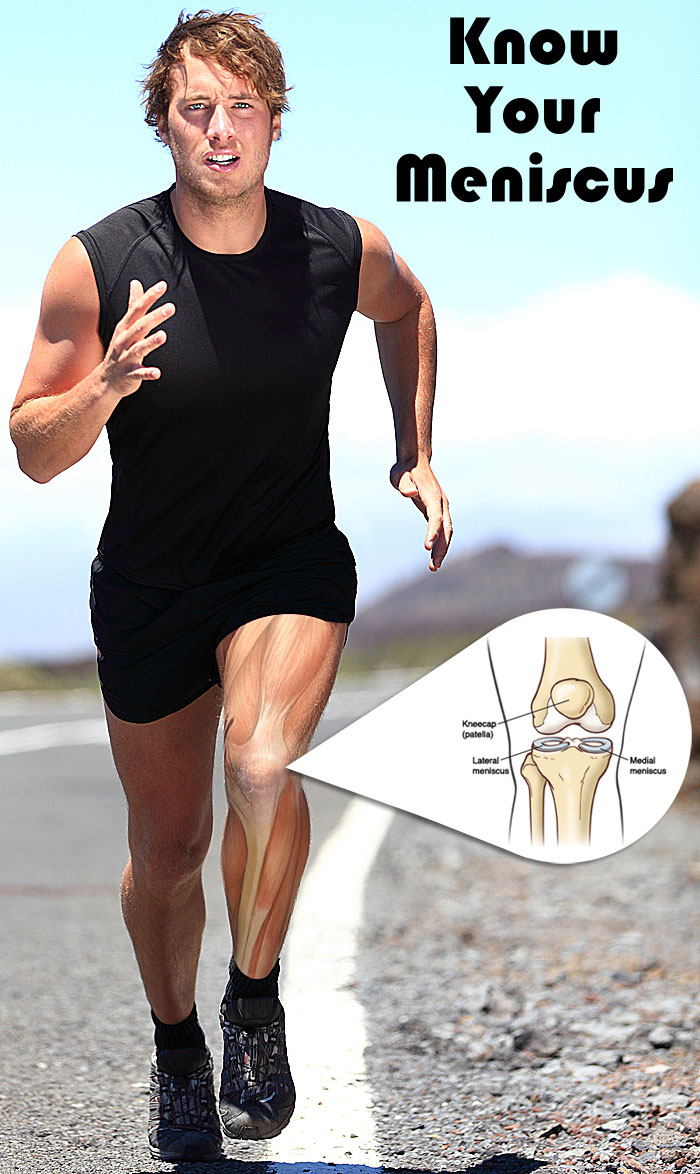- Like
- SHARE
- Digg
- Del
- Tumblr
- VKontakte
- Flattr
- Buffer
- Love This
- Save
- Odnoklassniki
- Meneame
- Blogger
- Amazon
- Yahoo Mail
- Gmail
- AOL
- Newsvine
- HackerNews
- Evernote
- MySpace
- Mail.ru
- Viadeo
- Line
- Comments
- Yummly
- SMS
- Viber
- Telegram
- JOIN
- Skype
- Facebook Messenger
- Kakao
- LiveJournal
- Yammer
- Edgar
- Fintel
- Mix
- Instapaper
- Copy Link

Of all the knee ligament injuries a person can experience, lateral collateral ligament (LCL) sprains are one of the rarest. In fact, they only account for approximately two percent of all knee ligament injuries.
Because they’re less common, it can be difficult to find information on how to best treat them, which can be incredibly frustrating when you’re dealing with such a sprain and just want to get back to your regular routine.
If you’re suffering from an LCL injury and don’t know where to turn for treatment options, look no further. Read on to learn more about LCL sprains and the best exercises you can do to recover from one.
Types of LCL Sprains
LCL sprains, like other ligament injuries, can be broken down into the following three categories:
- Grade 1: A grade 1 injury involves a small number of stretched ligament fibers, but no tearing
- Grade 2: A grade 2 injury involves partial tearing of the ligament fibers
- Grade 3: A grade 3 injury occurs when all or nearly all of the ligament fibers are completely ruptured
LCL Sprain Symptoms
An LCL sprain is usually characterized by the following symptoms:
- Decreased range of motion
- Difficulty walking or moving about
- Pain and tenderness in the lateral (outer portion) of the knee
- Swelling
Many people also hear or feel a loud popping sound or sensation when their knee is injured.
LCL Sprain Causes
Many athletes are at risk of experiencing an LCL sprain, especially football players, basketball players, and baseball players, as well as those whose sports require a lot of quick direction changes.
One doesn’t have to be an athlete to injure their LCL, though. Other common causes of LCL sprains include:
- Squatting or lifting a heavy object
- Making a sudden direction change while walking
- Hyperextending the knee when walking, standing, or turning
- Landing awkwardly when walking, jogging, or jumping
- Direct trauma on the lateral portion of the knee
Three Exercises for LCL Sprain Recovery
The following exercises will help strengthen the muscles surrounding the LCL and allow you to improve range of motion without causing additional damage to the ligament.
#1. Quadriceps Sets
Strong quadriceps are essential for treating all knee ligament injuries, including LCL sprains. To do quadriceps sets correctly, extend your legs in front of you, flex your feet, and contract your quadriceps. Hold for 10 seconds, then relax.
#2. Hip Flexion
It’s also important to make sure the hips are strong and mobile when recovering from an LCL injury.
When doing a hip flexion exercise, start by lying on your back. Bend the knee of your healthy leg and extend the injured leg out in front of you. Lift the injured leg until it hovers about five inches off the floor. Hold for 5-10 seconds, then relax.
#3. Hip Abduction and Adduction
Hip abduction and adduction exercises will help strengthen the hips and inner thigh muscles to better support the LCL.
For hip abduction, start by lying on your side with your injured leg on top. Then, lift your leg as high as you can while making sure the toes are pointing forward. Hold for 5-10 seconds, then relax.
For hip adduction, flip over so your injured leg is on the bottom. Keep the injured leg straight, then bend your healthy leg at the knee and plant the foot. Flex the foot of your injured leg and lift it as high as you can, keeping the toes pointing forward. Hold for 5-10 seconds, then relax.
Other Recovery Tips
In addition to performing these exercises, there are some other knee sprain treatment steps you can take to speed up the recovery process. The following are all great to add to your routine while you let your LCL heal:
- Spend plenty of time resting and icing the injury
- Wear a brace or compression wrap to prevent swelling
- Stay hydrated
- Eat a healthy, balanced diet to ensure your body has all the nutrients it needs for recovery
Final Thoughts
If you’re struggling with an LCL sprain or know someone who is, these tips can help speed up recovery. Applying them even after the injury is healed can also help prevent future injuries.

